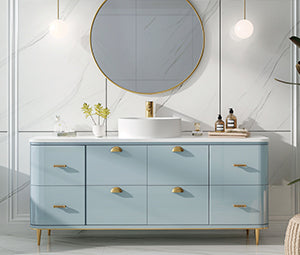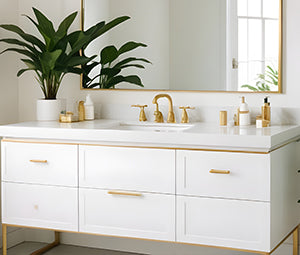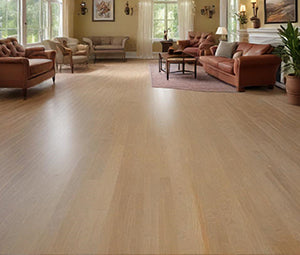Tips for Choosing Wood Grain in Your Wood-Look Tile
Planning to pick up some wood-look porcelain tile for your home? Before choosing your floors, you need to decide what you want them to look like. What color do you want? Just as importantly, what grain do you want?
Grain is something that many homeowners overlook when selecting wood or wood-look floors. But considering how much of an impact the grain has on the appearance of your floors, ignoring it isn’t a good idea. To help you choose a grain that suits your home perfectly, here are our tips for choosing wood grain in your wood-look tile.
What Is Wood Grain?
Wood grain refers to the arrangement of wood fibers. It also commonly refers to the pattern this arrangement creates, although the actual term for this pattern is figure. The grain has a massive effect on the wood’s appearance and can be the difference between your floors looking rustic or sophisticated.
Know Your Grains
So how do you choose a grain for your wood-look tile? First, you’ll want to familiarize yourself with the six main wood grains.
Straight
In this grain, the wood fibers run perfectly parallel. This is a clean, neat grain with a plain yet tasteful look.
Irregular
Floors with an irregular grain feature wood fibers that run in varying and irregular directions. This grain looks natural and rustic, making it a great choice for farmhouses and quaint cottages.
Diagonal
A diagonal grain is a cross-grain that isn’t naturally occurring. It happens when straight-grained wood isn’t cut across the vertical axis. This creates long askew lines across the surface. Diagonal grain can either look cheap or posh depending on the wood used and the exact cut.
Spiral
A spiral grain is the result of cutting trees that grow twisted. It’s a wavy and twisted pattern most commonly seen in walnut, ash, and poplar. It’s actually quite rare for trees to grow twisted, so you don’t see floors with this grain very often.
Interlocked
Interlocked grains have a unique ribbon stripe appearance. It’s an interesting pattern that looks somewhat outdated, but it works well in historical or traditional homes.
Wavy
Floors with a wavy grain have curved fibers. This translates into wobbly lines in the wood. This is a fun grain that you can get creative with. Light woods with a wavy grain look a lot like sand, making them great for beach homes!
Know Your Aesthetic
Ready to choose? Our main tip for choosing wood grain in your wood-look tile is to know your aesthetic. A creative, artistic person may want to opt for a unique grain, like wavy. Someone with a minimalist or modern home is more likely to lean toward a trendy straight or diagonal grain floor. Meanwhile, someone with traditional tastes will find a classic interlocked or irregular grain to their liking. All grains have their perks; you just need to choose one you like the look of.
Now that you have a grain in mind, you need to find a floor! Surplus Building Materials has wood-grain tile flooring in various colors and grains. These tiles are a great way to get the look of hardwood for an affordable price. Come see what we have available today!








